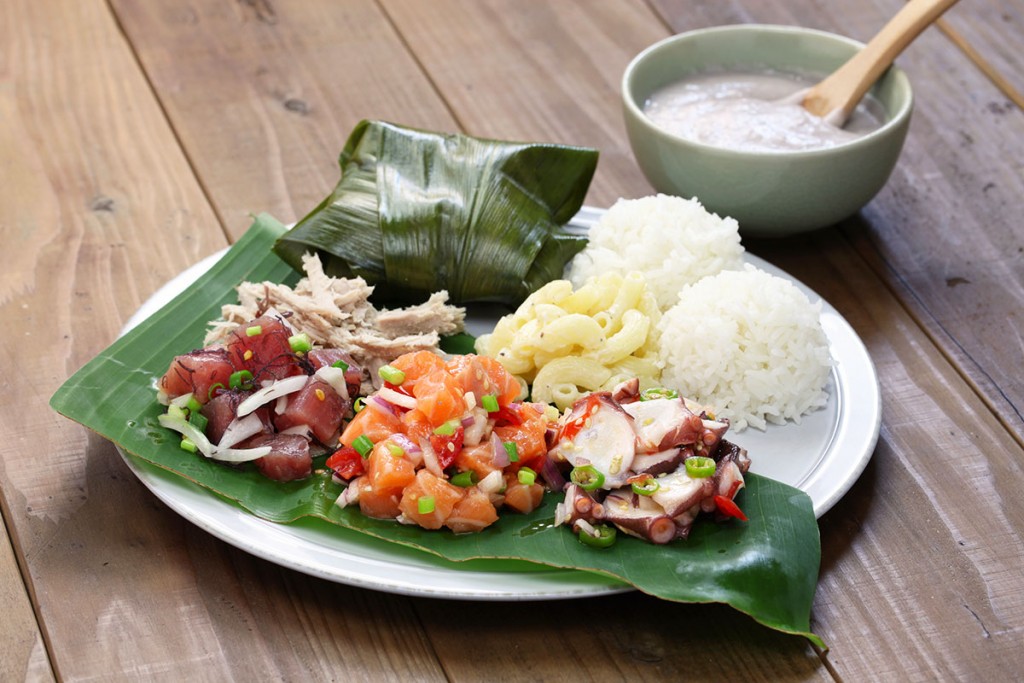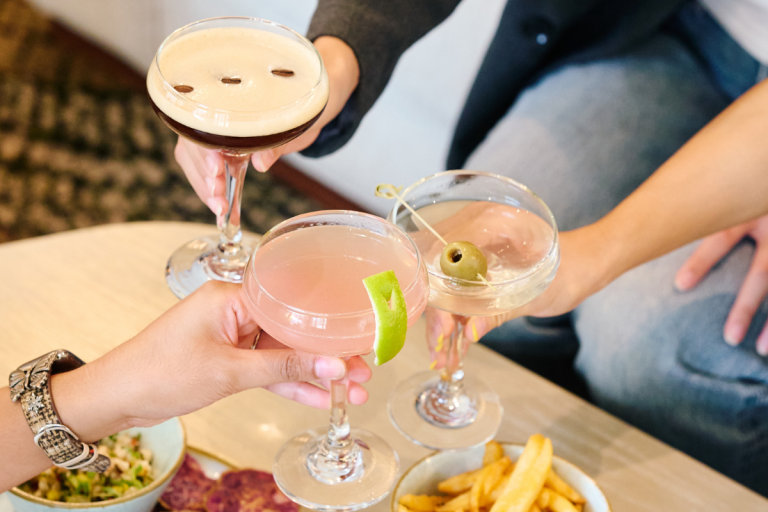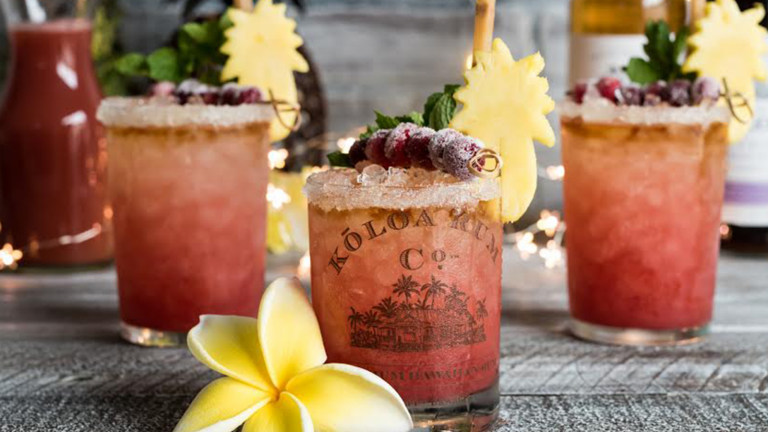Thanksgiving in Hawaiʻi has a unique history—both ancient and modern.
Long before the Puritans were sailing to Plymouth Rock, the native Hawaiians already had a festival of thanks. And they didn’t limit themselves to a single day. They celebrated a successful harvest for an entire season.
Makahiki ran four lunar months, from November through February, in ceremonies meant to honor the god Lono. During this time rival tribes were prohibited from fighting, and the rainy weather prevented much work from getting done. Instead, there were surfing competitions, boxing matches and, of course, eating.
Makaʻāinana (commoners) and aliʻi (chiefs) in each district would offer pigs, fish and vegetables at an altar, which sat on the boundary of each ahupuaʻa (land-division). The warlord of each district would pass through, collect the goods, and sponsor a huge feast.
Fast forward to 1849. To further strengthen relations between Hawaiʻi and America, King Kamehameha III declared December 31 a national holiday of Thanksgiving, complete with church services and luau. Why not November? Hawaiʻi already had a holiday, called Lā Kūʻokoʻa, at the end of the month.
Still, even on a different date, Thanksgiving became official in Hawaiʻi 14 years before President Abraham Lincoln declared it a national holiday.
Now, of course, Thanksgiving is celebrated in Hawaiʻi on the official day, along with the rest of the nation, and in much the same way, except we are as likely to ʻimu our turkeys as roast them. And we supplement our feast with all the things people in Hawaiʻi love, from laulau to sushi.



